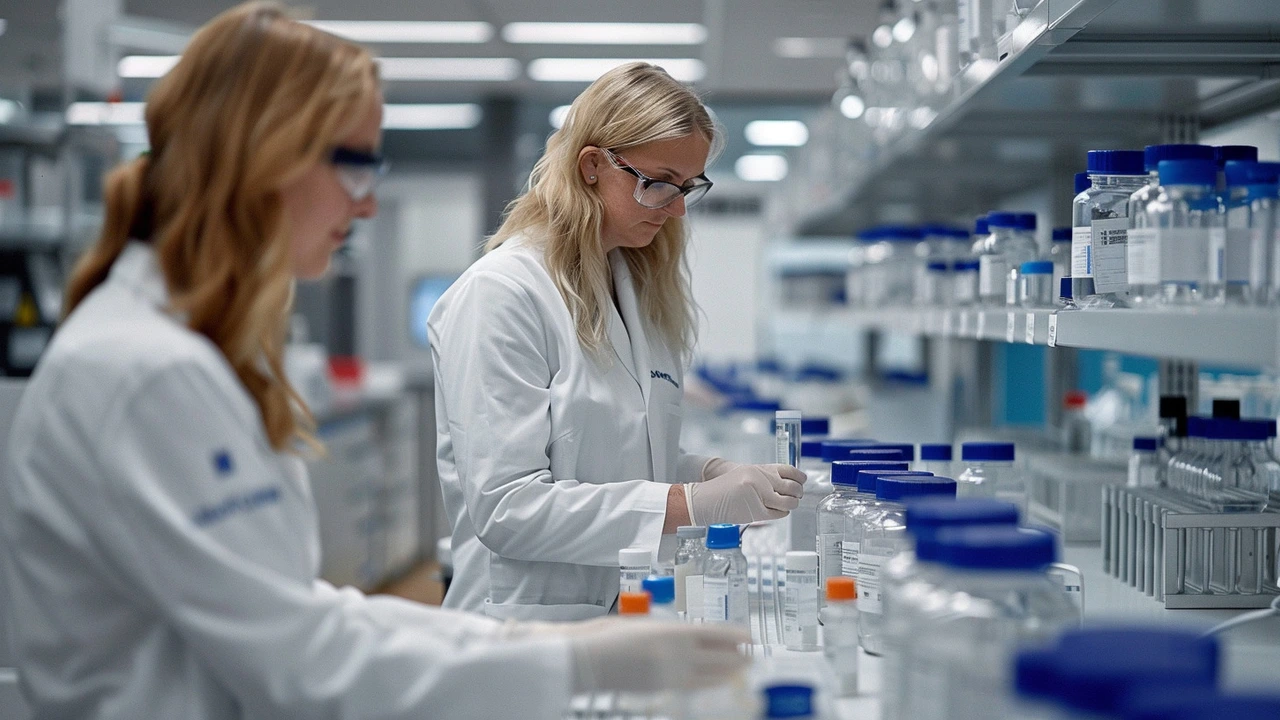Beta-Lactamase Inhibitors: What They Do and When They're Used
Ever wondered why some antibiotics stop working against certain bacteria? Beta-lactamase inhibitors fix one common problem: enzymes that bacteria use to break down beta-lactam antibiotics. These inhibitors are paired with penicillins or cephalosporins to restore antibiotic activity and treat infections that would otherwise be resistant.
How they work — plain and simple
Beta-lactam antibiotics (like amoxicillin) have a chemical ring that stops bacteria from building cell walls. Some bacteria produce beta-lactamase enzymes that cut that ring and neutralize the drug. The inhibitor binds to the enzyme first so the antibiotic can work. Think of the inhibitor as a shield that keeps the antibiotic safe long enough to kill the bacteria.
Common types and real-world uses
There are two broad groups: older "suicide" inhibitors and newer, broader-spectrum inhibitors. Suicide inhibitors include clavulanic acid, sulbactam, and tazobactam. You'll recognize these in combos like amoxicillin/clavulanate (often called Augmentin) or piperacillin/tazobactam (Zosyn). Newer agents—avibactam, relebactam, and vaborbactam—work against tougher enzymes and appear in drugs for hospital-acquired infections, including some caused by ESBL-producing Enterobacterales or certain carbapenem-resistant strains.
Which infections call for these combos? Common uses include complicated urinary tract infections, intra-abdominal infections, skin and soft tissue infections, and serious hospital-acquired pneumonia. Doctors pick a specific combination based on the suspected bacteria and local resistance patterns.
Important: beta-lactamase inhibitors are not given alone. They’re paired with an antibiotic that does the killing. The inhibitor has almost no antibacterial effect by itself.
Side effects are usually tied to the antibiotic, but inhibitors add their own risks: gastrointestinal upset, allergic reactions (especially if you already react to penicillin), and rare liver enzyme changes. Always tell your prescriber about allergies and other medicines you take.
Resistance still happens. Bacteria evolve new enzymes or use other tricks, so even inhibitor combos can fail. That’s why labs and clinicians test isolates to pick the right drug. If a bacteria carries certain carbapenemases or other resistance mechanisms, a different antibiotic class may be needed.
Quick tips for patients: only take these drugs if prescribed, finish the full course, don’t save leftovers, and never use them for viral infections. If you feel worse or develop new symptoms like yellowing skin, severe diarrhea, or rash, contact your healthcare provider right away.
Want to learn more? Look up amoxicillin/clavulanate, piperacillin/tazobactam, and ceftazidime/avibactam for specific uses and safety notes. If you’re curious about resistance trends in your area, ask your doctor or pharmacist — they often know which drug combos still work locally.

Clavulanic Acid: Combating Antibiotic Resistance Effectively
May 13 2024 / Health and MedicineThis article explores the role of clavulanic acid in addressing the growing challenge of antibiotic resistance. Discover how this compound works, its history, and practical uses. Learn about its significance in modern medicine and gain insights into future potential developments.
VIEW MORE